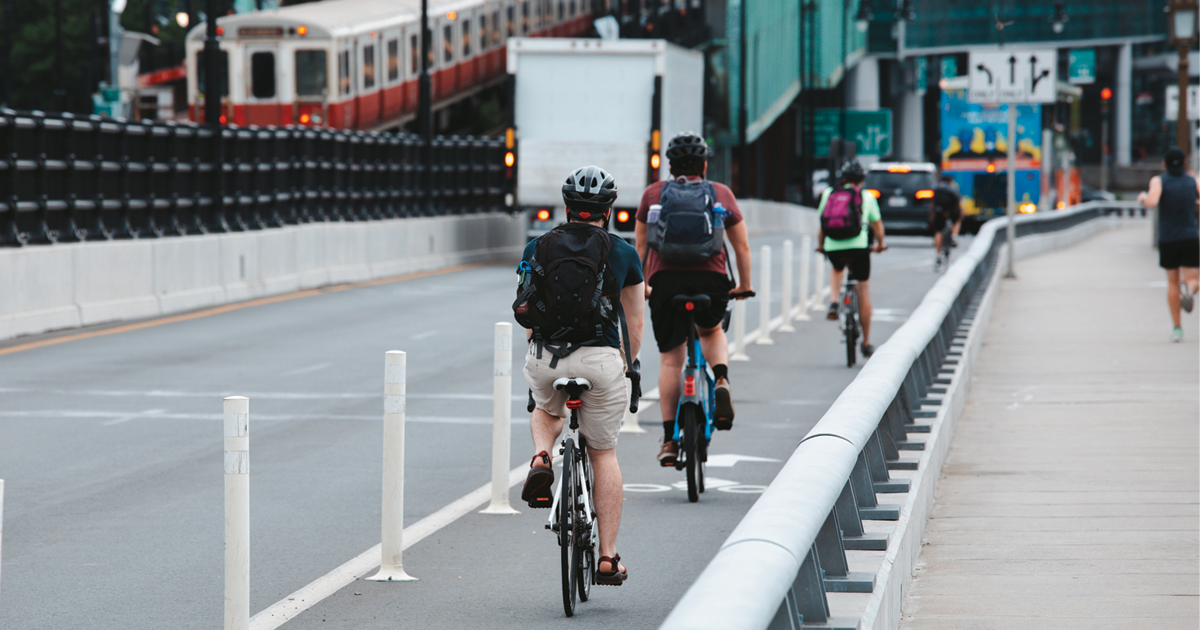To be clear, I’m not advocating any approach in particular — I’m just sharing numbers that I think are relevant to parsing the community response. I personally agree that in general our streets afford too much space to personal automobiles and not nearly enough to mass transit; for a variety of reasons, I don’t want to make strong pronouncements about the Blue Hill Ave project specifically.That graph appears to show that ~60% of Mattapan residents commute by car (either solo or carpooling), but I think the appropriate follow-up is: what percentage of public transportation space is devoted to automobiles (either moving or storing)? Missing from your analysis is an assessment of the current distribution of public land by mode. It should be plainly obvious that there is an extreme inequity by mode, driven in part by the geometric inefficiency of the automobile. It should also be plainly obvious that the proposed center-running bus lanes do not come close to providing transit users an equitable proportion of space.
(That said, I would note that 2 bus lanes, plus 2 travel lanes plus 2 parking lanes, would actually yield the vaguely 2-to-1 distribution of street use suggested by the 2-to-1 mode distribution: 67% car and 33% transit. I am guessing you will rightfully point out that they may be an equal distribution, but not necessarily an equitable one, and I would agree with you.)
I guess the vague thesis I’m dancing around here: I think a tempered reaction to community reaction is more productive in this situation (as in most).

